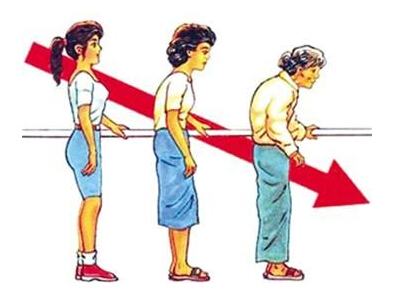Bone Up on Your Health After 50 with DXA Early Detection


Did you know that your bones reach peak mass around the age of 20-30 years? After that, bone formation slows, leading to a gradual decline in bone density. Unfortunately, osteoporosis often goes undetected until later in life, particularly in women who experience a faster rate of bone loss during menopause.
This condition increases the risk of bone pain and fractures, which can be especially serious in the case of a hip fracture. Shockingly, up to 30% of hip fracture patients die within one year, making prevention and early detection of osteoporosis all the more important.
How can we detect osteoporosis?
Osteoporosis may be a silent condition, but that doesn't mean it should go undetected. In fact, chronic bone loss is often overlooked until a fracture occurs, and in some cases, it can be difficult to reverse the damage.
Wondering if you may be at risk for osteoporosis? One easy way to check is by measuring your height. If you've lost more than 3 cm since you were younger, it could be a sign that your bone density is beginning to soften. Additionally, you can perform a quick screening for potential lumbar compression fractures by standing with your arms lifted to the same level and measuring the vertical distance between the lowermost edge of the lateral ribs and the uppermost edge of the pelvis. A normal person should have a width of 2-3 fingers or more than 5 cm. If the distance is less than one finger width or 2 cm, there's a high chance that you may have osteoporosis.
Annual DXA testing for bone health
When it comes to monitoring your bone health, surface measurements simply won't cut it. For the most accurate results, it's essential to undergo regular DXA testing. This procedure examines bone density at specific locations in the body using energy beams, without interference from surrounding soft tissues that can potentially absorb x-rays. The process is safe, low-radiation, and requires you to lie down for only about 10 minutes.
Osteoporosis may catch you off guard – this sneaky condition often goes unnoticed in the general population until it's too late. That's why it's crucial for men and women over the age of 50 to prioritize regular DXA bone density tests to track their bone condition and prevent sudden fractures. By detecting the signs of osteoporosis early, you can take proactive steps to reverse the effects with proper exercise and a balanced diet, under the guidance of your doctor. Whether you're looking to stabilize bone health or simply maintain strong, healthy bones, regular DXA testing is a must.
Related Brands









